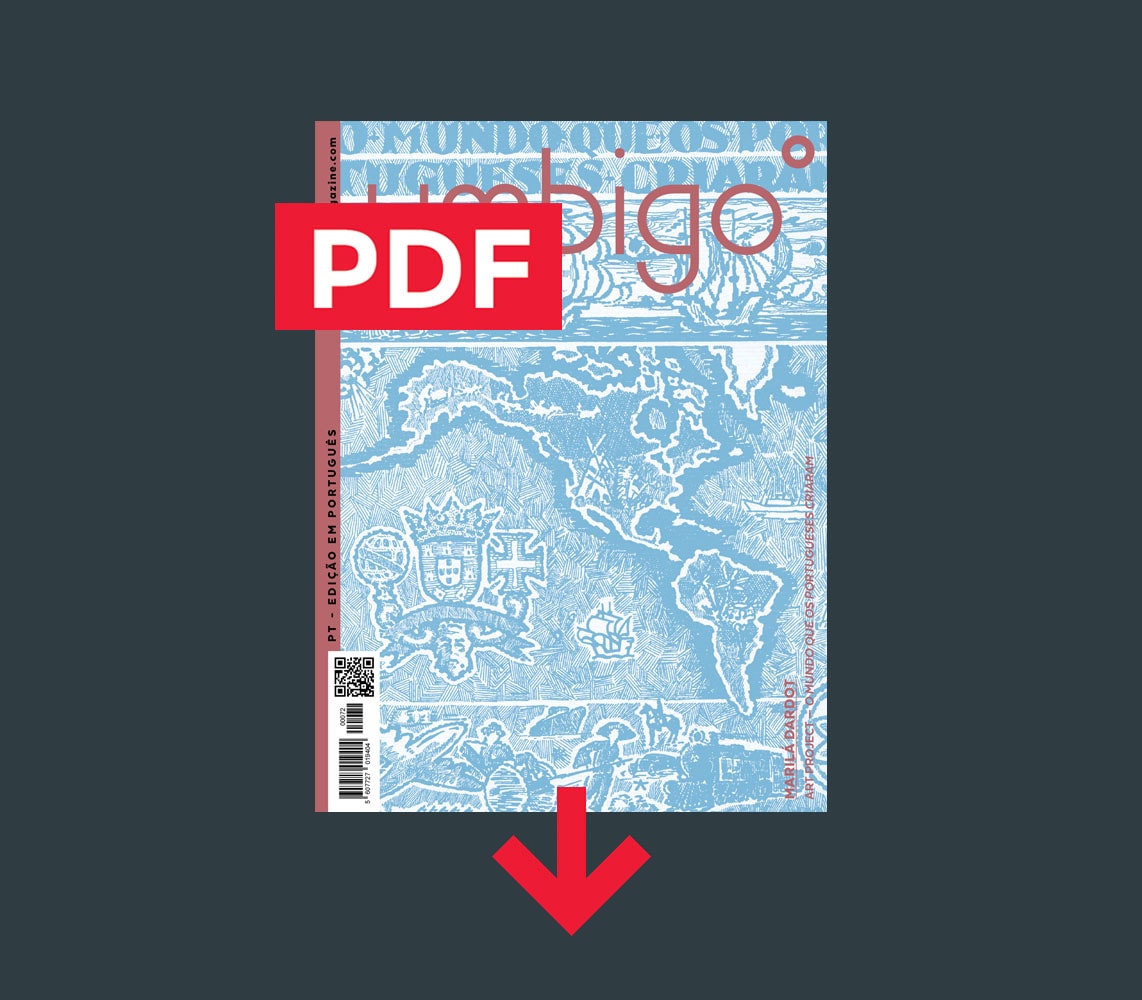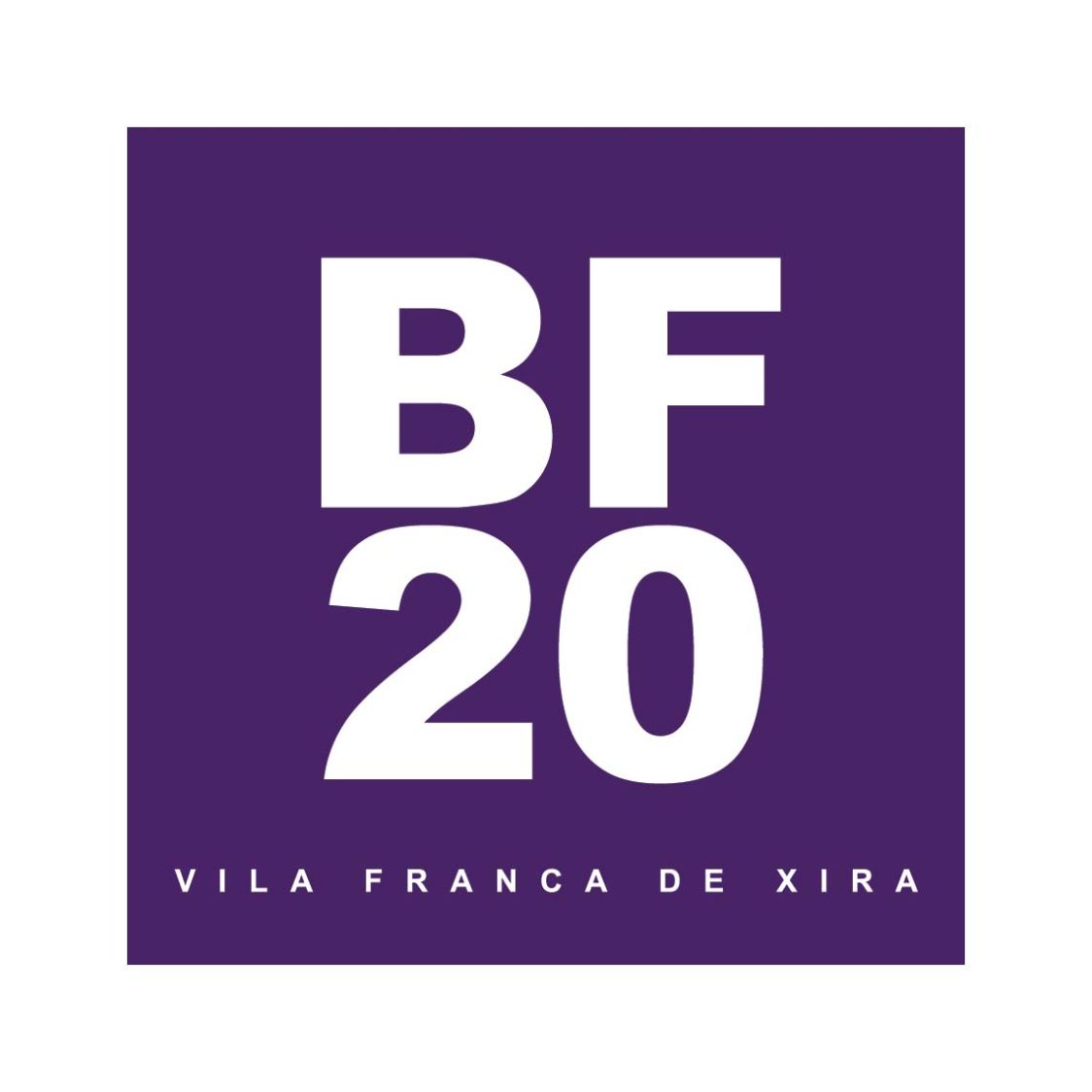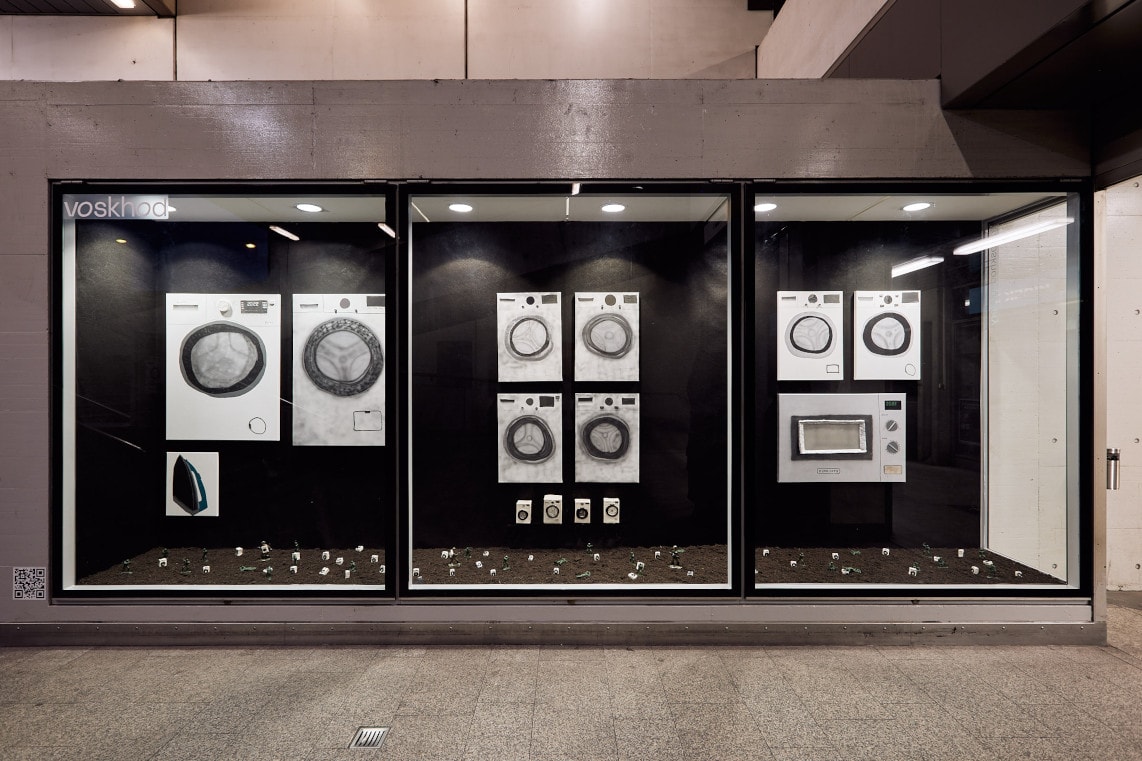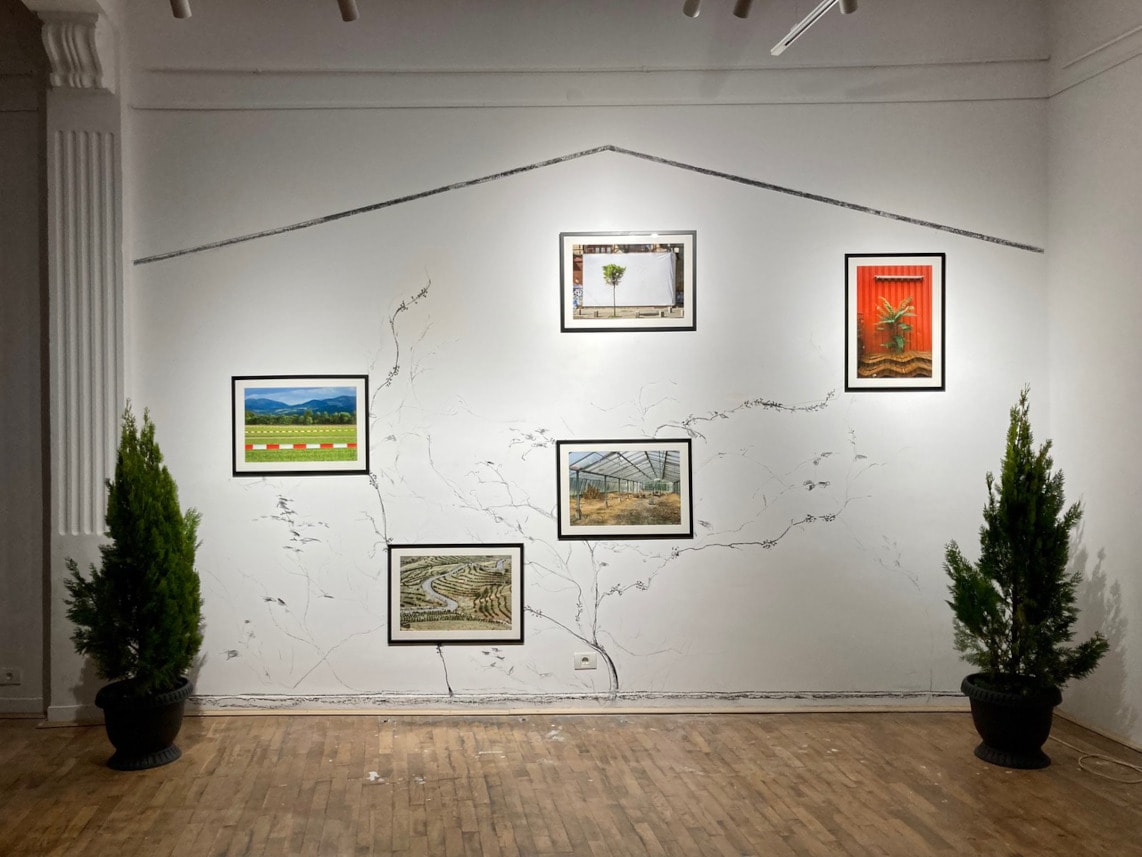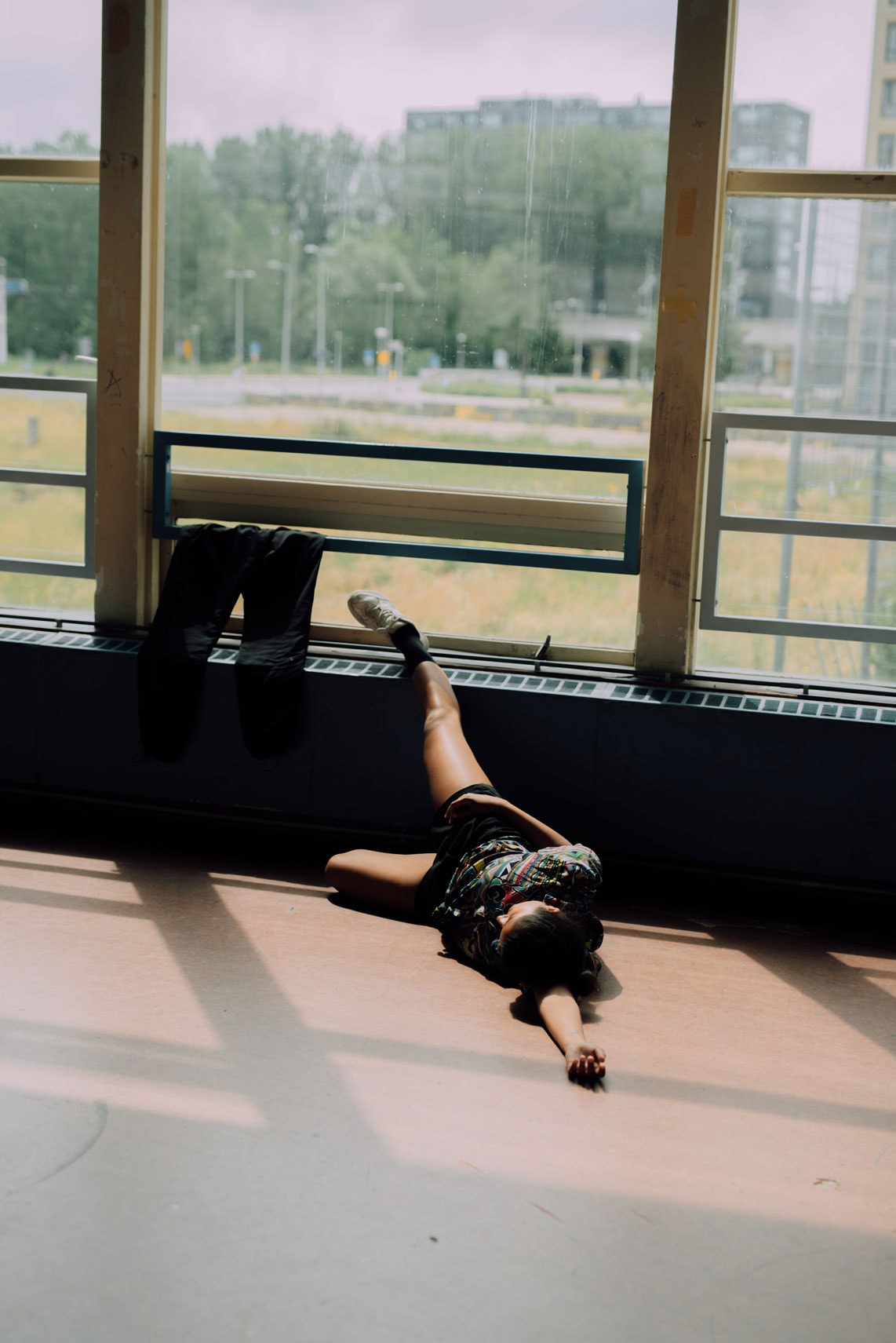The Opening Response titles a special series of interviews with artists, curators, writers, composers, mediators, and space-makers around the world. Dialoguing within and around the thematics which have rapidly emerged as a consequence of the Covid-19 pandemic, we offer within this frame a differentiated, honest, and beautiful bid at understanding. Weekly, distinct doors are opened into the lives of the contributors; into their experiences dawning on pleasure, productivity, metaphysics, and paradigmatic shifts. Hopefully, these conversations can act as way-posts and lead to furthered empathy, unison, and co-creation. The Opening Response meets the need for weaving the autonomy of a web of conscious communications in times of extreme perplexity
Cinga Samson (b. 1986, Cape Town, South Africa) lives and works in Cape Town. Educated in a shared art studio of South African painters in his early twenties, soon after deciding to dedicate his life to art, Cinga Samson has recently established himself as an important new voice in contemporary painting. His oil works on canvas manifest echoes of what he describes as the superstitions and spirituality integral to his upbringing in the town of Ethembeni and its surrounding countryside. Desire, aspiration, and celebration of identity drive much of his work, for which he draws inspiration from fashion, heritage, and the works of Paul Gauguin and Andrew Wyeth, among others. Samson’s process incorporates the use of sketches and photo shoots; he carefully selects elements within a composition to be replaced with others in order to achieve a sensual equilibrium between the real, the imagined, and the accentuated. The recipient of the 2017 Tollman Award for the Visual Arts, he exhibited at the Armory Show, New York, in 2018. He has had solo shows at Perrotin (New York, USA), Blank Projects (Cape Town, South Africa), and AVA Gallery (Cape Town, South Africa).
Josseline Black – In this phase of forced isolation, how are you articulating your response in a public discourse? What is your role in this larger conversation?
Cinga Samson – In my country (South Africa) we just had a lock down because of the coronavirus. As a result, it’s been difficult for me to engage in art related matters while people are facing a life and death situation. For a while as an artist I felt irrelevant, although as a human I felt it’s time to embrace my relationships with those I’m linked with. Me and my brother have been writing and making phone calls to volunteer so that we can help those who are in need of our help but we have been struggling to get a response from our local institutions.
JB – Has your artistic practice changed through isolation?
CS – Totally, I have been struggling to be creative under so much pressure, it’s as if my content is not enough, it’s almost somehow shallow, human life feels bigger than anything we do.
JB – What is your approach to collaboration at the moment?
CS – I don’t have any specific approach to collaboration, as long as it’s interesting and it must make sense.
JB – How would you define the present moment, metaphysically/literally/symbolically?
CS – These are tough times as there are so many homes in tears, others are even struggling to maintain their positions. However, I feel that this pressure will give us a new reality and I think we all need it.
JB – Do you see the potential for renewed support for cultural production in spite of macro and micro economies which are currently rapidly restructuring?
CS – There will always be a celebration of artificial beauty throughout life, its something and is part of our nature: the need to create.
JB – E.M Cioran writes: “in major perplexities, try to live as history were done with and to react like a monster riddled by serenity”, how do you respond to this proposal?
CS – There is something misleading about this quote. It’s as if, its suggesting that in times of great challenge one must be bigger than them and at the time to relax…. I think that’s not possible- to be above it- when a challenge is major (like the coronavirus pandemic) we are all left desperate but fight to resolve the problem. We are not bigger than it but we can survive through. THIS IS NOT A TIME TO BE COOL OR RELAXED AND definitely WE ARE NOT BIGGER OR ABOVE IT (we can only survive through it desperately).
JB – How is your utilization of technology and virtuality evolving the paradigm within which you produce work?
CS – Technology has been used by artists throughout time in different forms of art production; it never produces ideas for artist nor makes the ideas great but it’s a tool to allow artists to move precisely and swiftly. the use of different instruments gives me access to preciseness and access to time that I would achieve at a standard rate.
JB – What is your utopia now?
CS -: I’m currently finishing works that I haven’t had time to finish due to rushing to other projects that have been needed, also I’m having an opportunity to catchup with my own personal life with my relationships which I haven’t had time to embrace as I wish.
